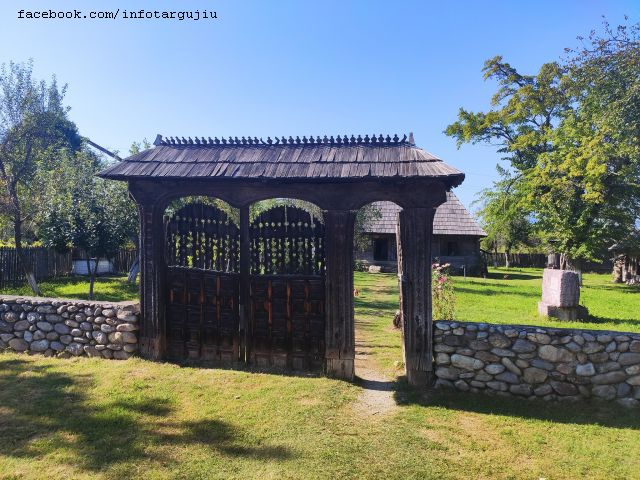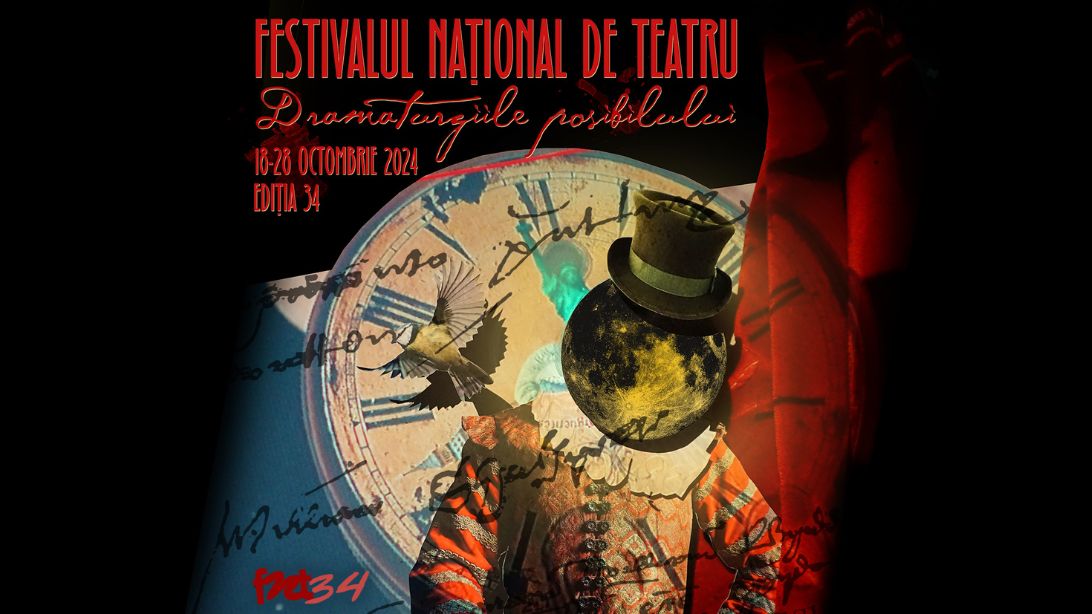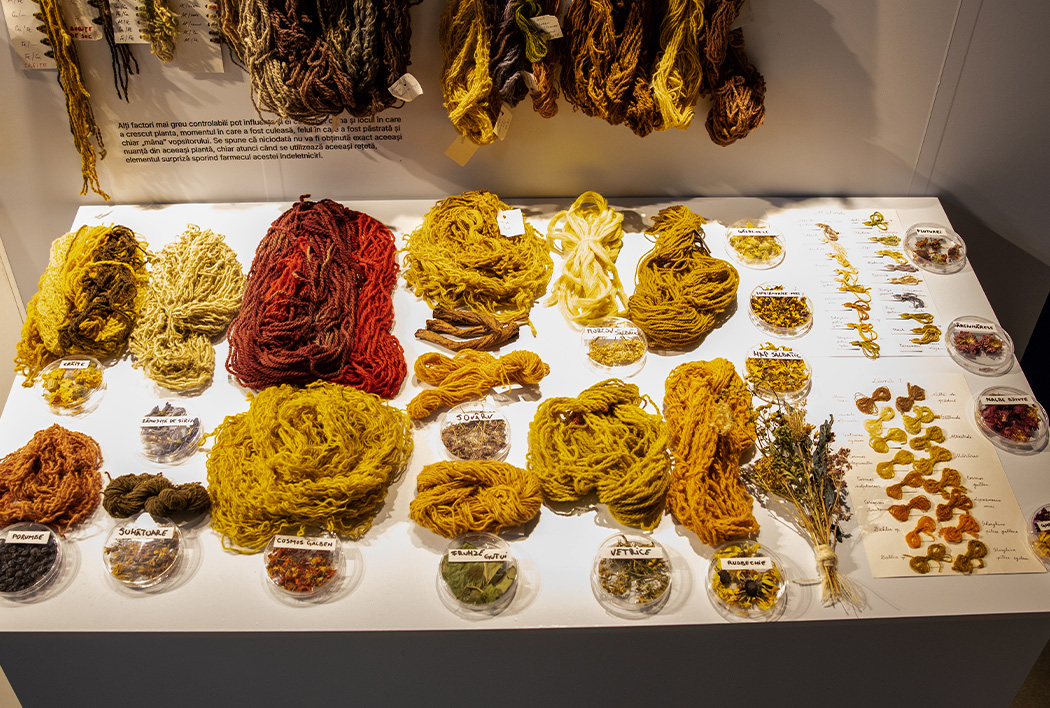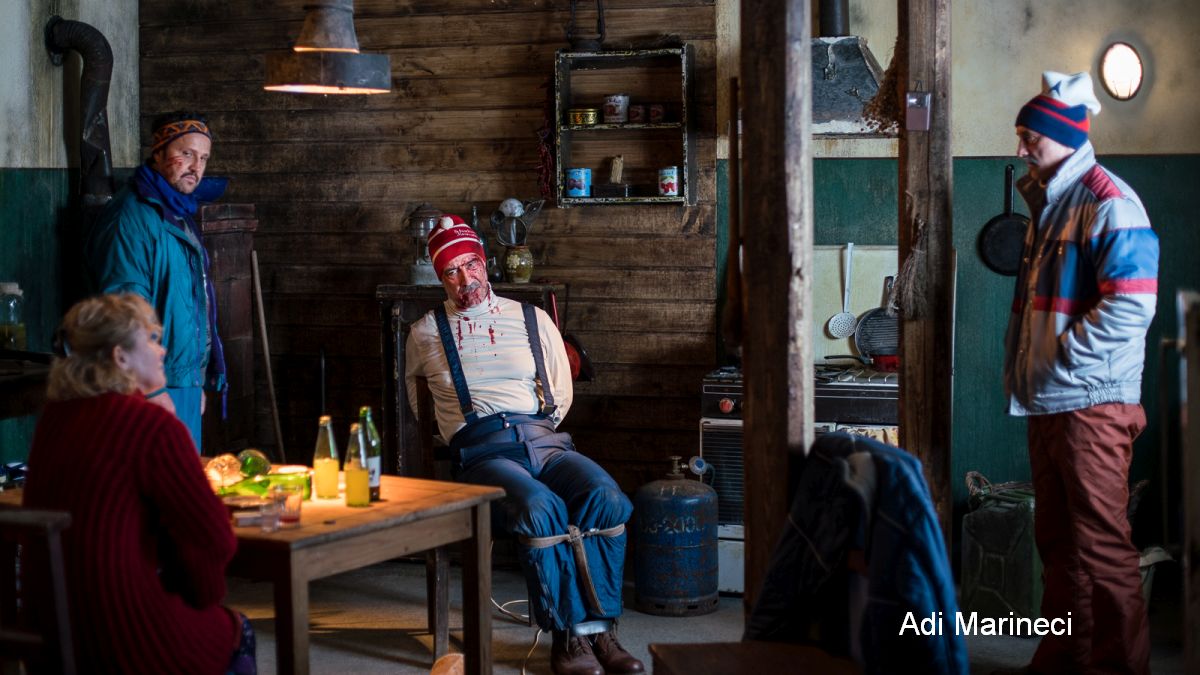Mirrors of Brancusi
19 February is Brancusi Day, dedicated to great Romanian modernist sculptor Constantin Brancus

Ion Puican, 06.03.2021, 13:38
19 February is Brancusi Day, dedicated to great Romanian modernist sculptor Constantin Brancusi, born in the village of Hobita, Gorj County, southwestern Romania. All over the world, he is considered the father of contemporary sculpture. Some of his most famous works are Miss Pogany, Prayer, Maiastra, and the sculpture ensemble in Targu Jiu, with its famous Endless Column, The Gate of the Kiss, and the Table of silence. The sculptor passed away in 1957 in Paris, then the cultural capital of the world. Brancusi was born 145 years ago, and he is still the subject of countless studies and exhibitions. Such an exhibition is Mirrors of Brancusi, hosted by the Romanian Peasant Museum.
We spoke about it to Virgil Nitulescu, the manager of the museum:
“I have a hard time pinning down the translation of the name of the exhibition, because the original title is in English, Mirrors of Brancusi. The exhibition was born out of Romanias endeavor to take part in the great cultural event in Brussels, Belgium, called Europalia, which our county attended with great success, especially with the exhibition called The Sublimation of Form, curated by our great Brancusi expert, Ms. Doina Lemny, at the Museum of Modern Art in Paris. The idea was born to bring Brancusi here, with means of exhibiting easier to handle for todays youth, with multimedia installations, easier to digest for a cosmopolitan audience, generally very young, like the audience in Brussels, practically the capital of the European Union. This project was then submitted to the Ministry of Culture as part of the RO-cultura program, with support from grants offered by the European Norway — Iceland — Liechtenstein program, the now famous Norwegian funds. It also obtained the necessary funding through a direct partnership with a Norwegian association. The Romanian Peasant Museum is the first museum in Romania, the first institution in Romania, to host this exhibition.”
Using new technologies, and reinterpreting better or lesser known works by the famous artist, the exhibition is a dynamic display of happenings in Brancusis life, his relationship with artists of his time, as well as features of his character that are not largely known. The organizers hope that visitors will gain new knowledge about the sculptor. The project is based on research done on a wide sample of people, which concluded that collectively, people have a different impression of the artist from what he wanted to express. In order to change this, the designers of the project used the idea of interactivity and technology in the creative process. The ample exhibition immerses the spectator in Brancusis work, giving them the possibility of exploring a true to life depiction of the Endless Column, along with a short film dedicated to the life of the inventor of modern sculpture, with brief, hand picked information.
Exhibition curator Silvana Dulama-Popa said:
“For this project, we followed a logical line where we blended concepts in |Brancusis work with the needs of the audience, the way in which they interact with information and assimilate it. This was the birth of the Mirrors of Brancusi concept, a mirror project, where people are not just presented with Brancusis work, but are invited to put themselves in the place of certain works by the artist, being able to analyze their own emotions and feelings from a new position.”
National Peasant Museum director Virgil Nitulescu shared a few thoughts about the possible interaction of the audience, who may know more or less about the artists work:
“This is not an exhibition involving Brancusis work as such, because they are very rare in Romania. You can only find them at the National Art Museum of Romania, and at the Oltenia Art Museum in Craiova. However, with this particular exhibition, we can access his universe, trying to understand his work, not from an expert perspective, because it is meant for the public at large, less prepared for a higher understanding of the roots of Brancusis work, referred to as the inventor of modern sculpture. This is meant to put into context Brancusis work, not only for Romania, but for the world of 2021. I myself am happy that, with this exhibition, efforts are being made to bring the works of Constantin Brancusi closer to the regular audience, which doesnt frequent museums, but which may be interested in cultural events to shed a contemporary light on a classic body of work.”






























